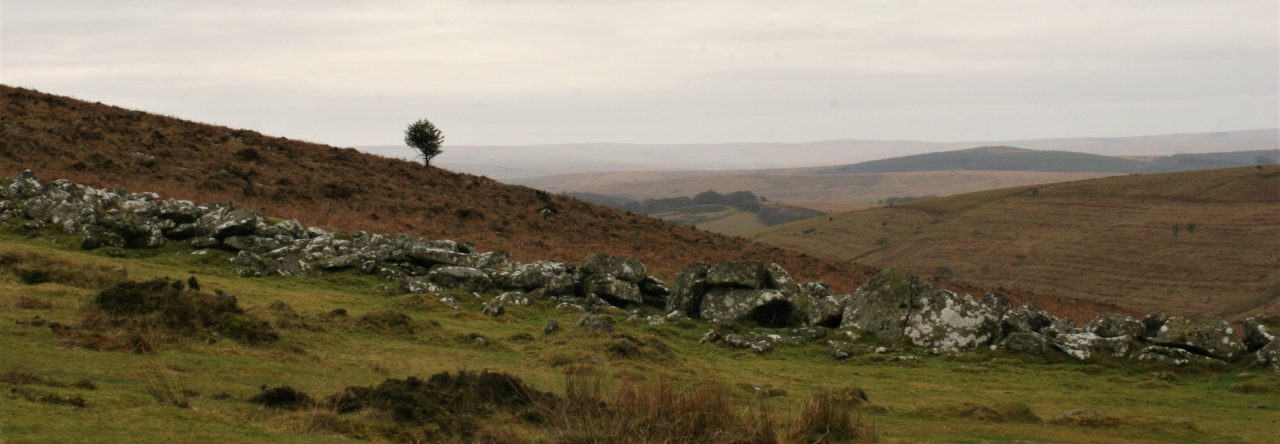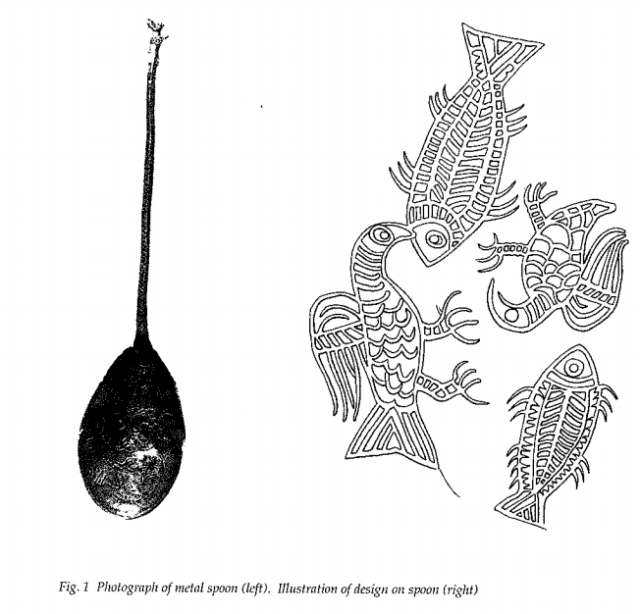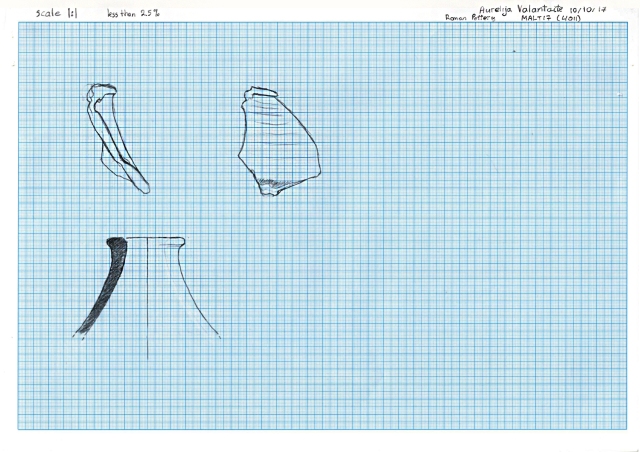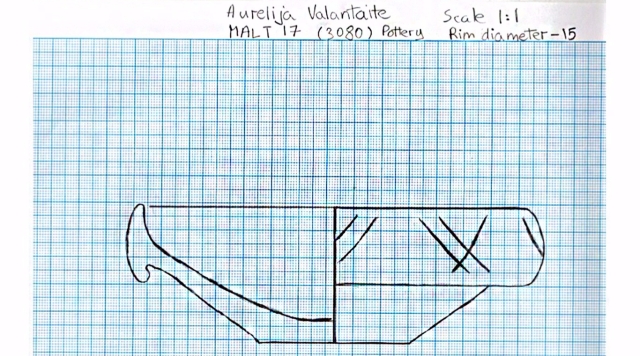We can see archaeology on film from early 1900s and a summary of the history of archaeological film-making can be found in Morgan (2014). We have strong stereotypes of archaeology and archaeologists in popular culture and movies as an adventurous journey into the mysterious and exotic places, which persists on a wider screen. Which is perfectly understandable, having in mind the objectives of the mass media, the audience they are aimed at, and the purpose of these movies. However, such TV shows as the Time Team gave us more realistic representation of archaeology, even though it still had been subjected to some critiques by the academics (Mower, 2000, Cleere, 2000). Nevertheless, it presents archaeology as best as possible to the popular audience, considering the circumstances, i.e. the way TV programs are created and their every single aspect is controlled by directors and the system of the media. It shows short version of the process of archaeological evaluation and most importantly, makes it interesting and appealing to the wider audience, which it is aimed at. Morgan (2014) also gives a list of genres of archaeological films. How the information of the film is focused on the subjects and communication depending on the different audience. It is very important to understand what kind of audience you want to reach when creating your archaeological or any other kind of film, how do you want it to affect them and what is the purpose of the film.
As part of Communicating archaeology module we were asked to make a short video featuring an interview of us, students answering various questions about archaeology and our experience in this course. The video above shows me answering the questions about my interests in archaeology, experience during the excavations at Malton and my ideas for the next year dissertation topic, while you can hear the questions asked by Jessica in the background. Even though we originally started to film it outside, in the courtyard, we ended up doing it in archaeology lab, where nobody disturbed us and it was a relaxed environment. We positioned the camera so that the interviewee was the focus of the film looking at the interviewer sitting next to the camera. The video shooting was quite problematic though as the camera did not record more than 40 seconds, so we had to record every question separately and later edit it into one video. As this was just a simple exercise of practising in making video about some experiences of archaeology students, it has been aimed to be used as a learning experience in video making, to post on our blogs. However, this type of video, if questions be slightly changed, more concentrated about the course and what is exiting about studying archaeology in York, it could be used on university website or anywhere in the social media to promote archaeology course in York. Therefore, this particular video we made is for personal use and might include the audience of our classmates, however, with some changes it could be aimed at the wider audience of archaeology and other students, or anyone, who might consider to study archaeology.
Bibliography
Cleere, H. (2000). Behind the Scenes at Time Team. Public Archaeology, 1(1), 90–92.
Morgan, C. (2014). Archaeology and the Moving Image. Public Archaeology, 13(4), 323–344.
Mower, J. P. (2000). Trench Warfare? Archaeologists Battle it Out. Papers from the Institute of Archaeology (11), 1–6.










